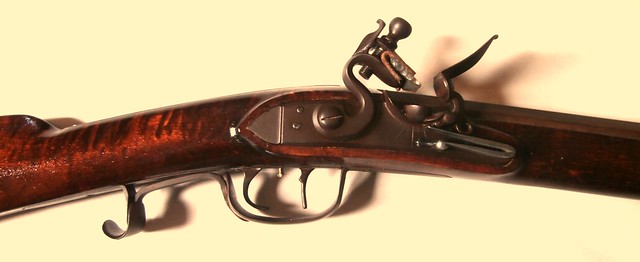- Joined
- Jan 30, 2014
- Messages
- 799
- Reaction score
- 15
Anyone have experience with L&R's manton lock. Also, do you know what time frame this lock existed in and availability in the US / colonies.

 P2120634 by okawbow, on Flickr
P2120634 by okawbow, on FlickrI've been focusing on cutting firewood over my food plot before the snow breaks and getting the summer car ready for the road. I've been procastinating because I am worried about that large siler lock doesn't have much gap left on the barrel flats.
Enter your email address to join: